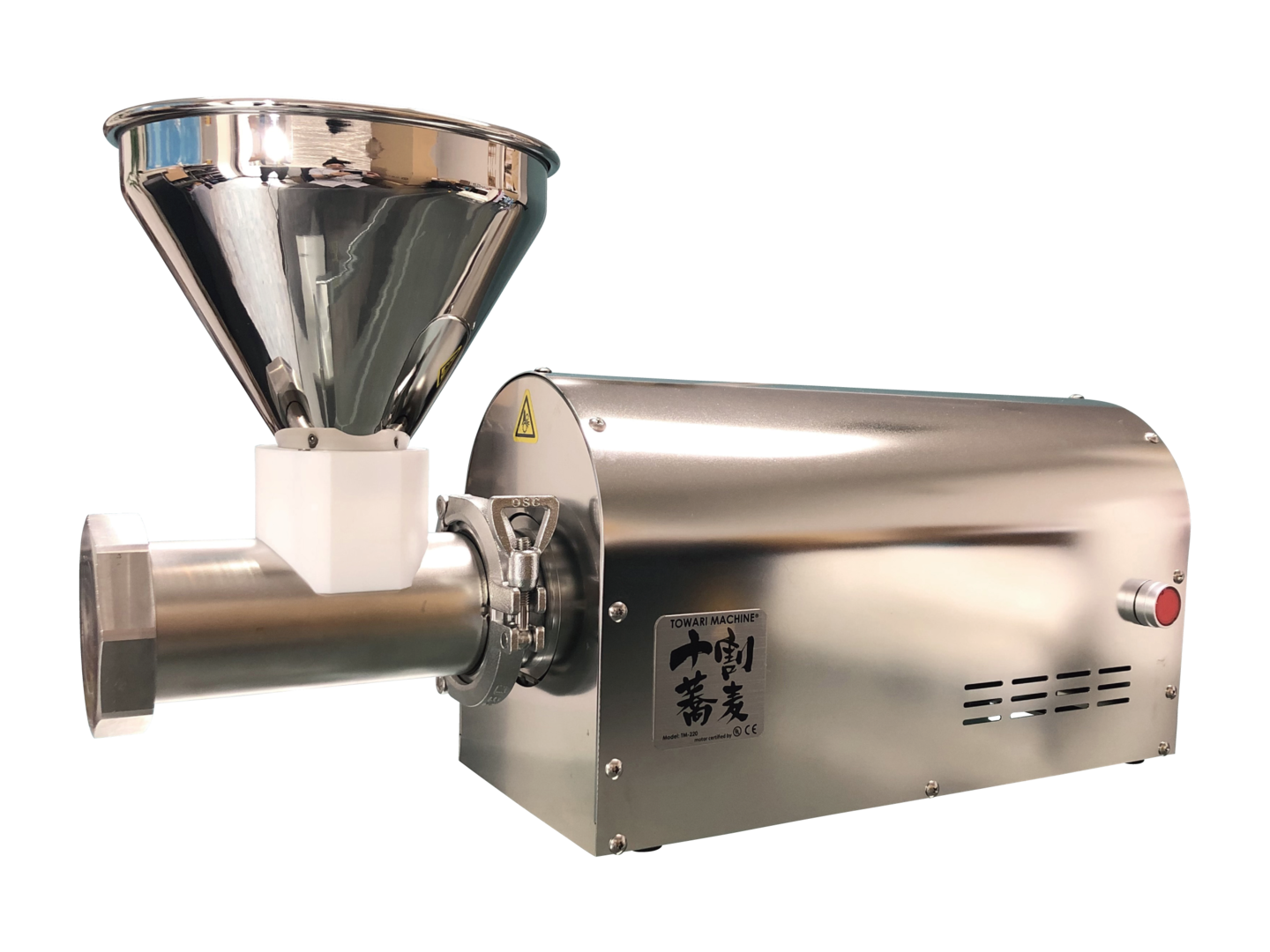The appeal of soba as a part of Japanese culture
that you better know
Do you know the Japanese food "Soba noodles" that is secretly popular right now? It's a noodle dish made from 100% buckwheat. It is not as popular as sushi and tempura, but it is a traditional Japanese food that can be eaten easily all over Japan. The Gluten-free noodles with a high nutritional value are gaining popularity around the world as people become more health-conscious.
It is gradually becoming known that "Japanese food with healthy soba noodles" but what is not well known is the aspect of soba culture.
Therefore, we will introduce the cultural aspects of soba in detail here. Knowing this, there is no doubt that you will be able to enjoy "Soba noodles" at Japanese restaurants even more.
[History of Soba]
Soba eaten by people in Edo at that time
The history of soba is essential to know about "Soba noodles" as part of Japanese culture. It is said that soba itself has been eaten by Japanese since the Jomon period before Christ. However, it is said that soba came to be eaten as noodles in the Edo period at the end of the 16th century or the beginning of the 17th century. It is said that it started as a food for common people in the current Tokyo city called "Edo" in the Edo period.
The population of Edo at that time was over 1 million and it was a town where many Samurai and merchants gathered from the countryside. It is said that the people called "Edokko" who lived in Edo at that time were impatient because many people went there and were busy in business. The impatient people of Edo ate soba like fast food, which was cheap, nutritious and ready to eat. This style of fast food still remains as stand-up soba, which can be eaten standing up in places like train stations.
The cold buckwheat noodles served on a bamboo strainer
is called “Zaru Soba”, which is condensed Japanese food culture
Japanese soba can be eaten as noodles in hot soup like ramen, but the more popular way is to dip cold noodles in the soup. The cold soba that is eaten at a typical soba restaurant is served on a bamboo basket or steamer. In today's Japan, dishes like Western food are popular, but only soba restaurants still have this Japanese style from the Edo period.
The soba soup is based on bonito broth which is also used for miso soup and seasoned with soy sauce. It is a food filled with Japanese food culture because you can add Japanese unique spices such as wasabi and green onions to your liking.
It goes well with popular tempura. At many soba restaurants, you can eat soba as a set with tempura. You can also drink sake called "Soba-Mae" at an old soba restaurant in Japan. Drinking sake while ordering grilled Miso and Kamaboko (fish paste) separately is the best. Tamagoyaki made with soba broth is also popular.
Foreign Tourists Are Surprised!
Japanese way of eating soba.
In Japan, "a connoisseur's way of eating" means slurping soba with the sound of "slurp". In many countries, it is bad manners to eat food while making noise. In fact, even in Japan, other than noodles such as soba and ramen are bad manners. It is said that noodles were eaten without making noise until soba became popular in the Edo period.
There are various theories about the reason why people started eating soba by making noise. There is a theory that busy people in Edo started to slurp because they ate in a hurry, but nowadays, many soba connoisseurs slurp soba in order to enjoy the flavor of soba in their mouth. Some foreigners living in Japan also say, "I was surprised at first, but when I actually sipped it, I felt the strong aroma and it was delicious!".
[New Year's Soba & Soba for moving to new place]
Soba eaten in a hope of good luck
Soba is also eaten as "lucky food". It is said that the long shape of soba means "live a long and healthy life" or "lead to good marriage for many years to come" and it is a custom to eat soba with that wish in mind.
On New Year's Eve, people eat "Toshikoshi Soba" to wish for the health and longevity of their families the following year. There are fewer people who do it these days, but there is also a custom of eating "Moved soba" to wish for a long relationship when moving.
It is not as well-known as tempura or sushi "Soba". It's a very simple dish, not as flashy as sushi or tempura, but it's full of Japanese culture. From the way the food is served to the way, how to eat and the wishes of the people who put it there, you can feel the Japanese touch in many ways.
If you have a chance to go to a Japanese restaurant or go sightseeing in Japan, please try soba. At that time, if you tell your partner that soba is the food you wish for good luck, and share your wishes with each other, saying, "I hope we can have a long relationship." soba may become even more delicious.
Attracting attention as a healthy food
The Gluten-Free Noodle and the Charm of Soba
The reason why Soba attracted attention
Are soba noodles really gluten-free?
Preventing lifestyle-related diseases!
Nutritional appeal of soba
The appeal of soba in terms of health is not only gluten free. Soba is an ingredient for dieting and is also known for high nutritional value. One of the most popular nutrients in soba is "Rutin". "Rutin" promotes blood flow.
By promoting blood flow, it can prevent high blood pressure and prevent lifestyle-related diseases such as arteriosclerosis and heart disease. Also, by improving the blood flow, you can expect the effect of improving the sensitivity to cold which is common in women.
In addition, rutin has the effect of preventing oxidation in the body. It is said that it makes it difficult to get blemishes and freckles by making it difficult to oxidize, so you can expect the effect of beautiful skin.



